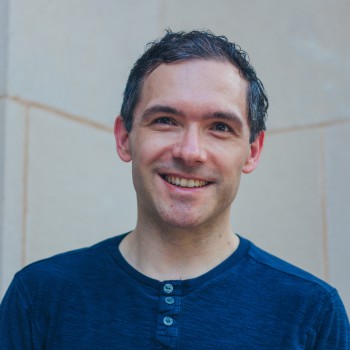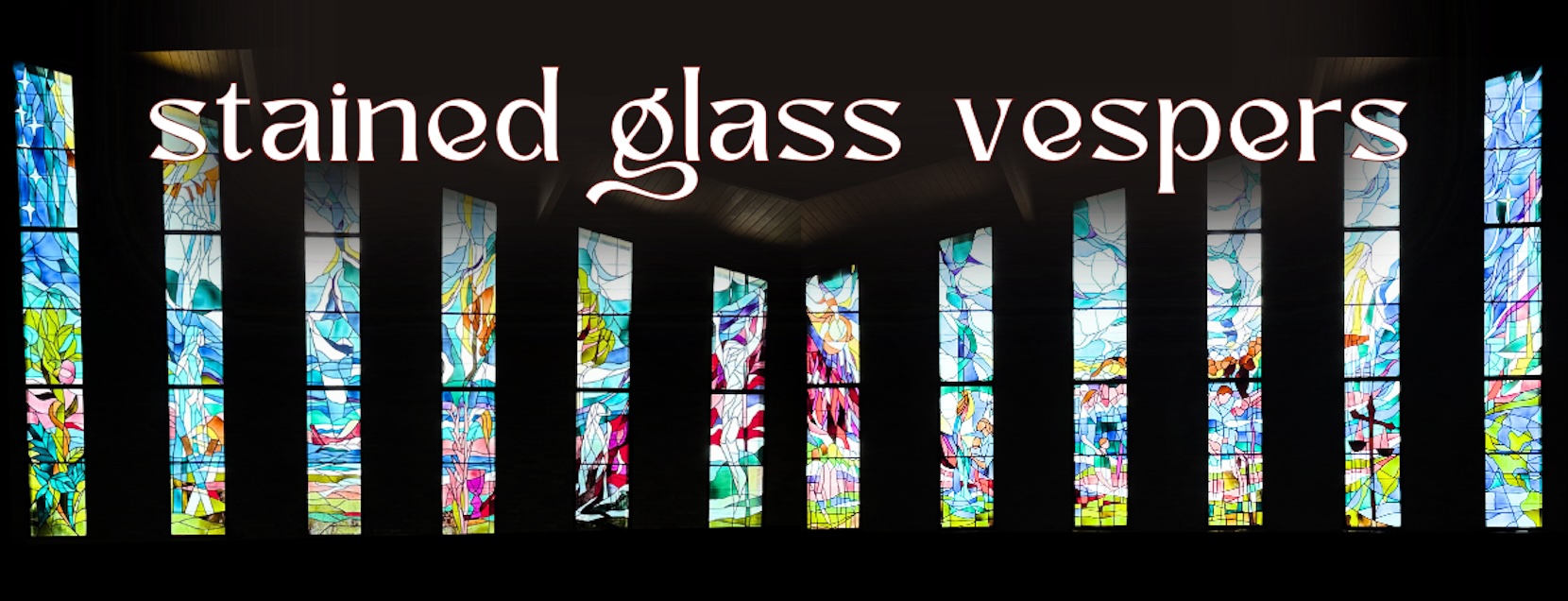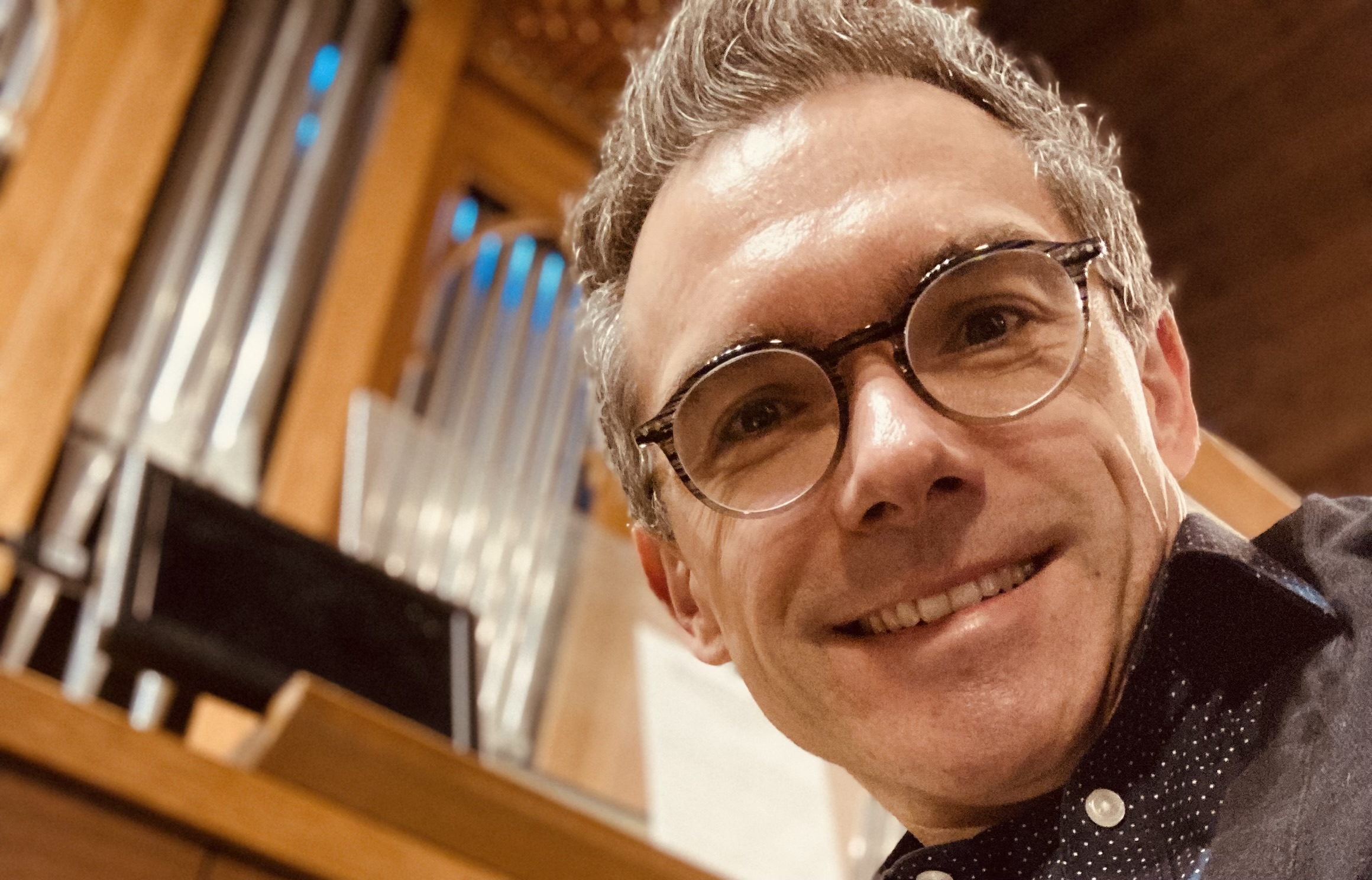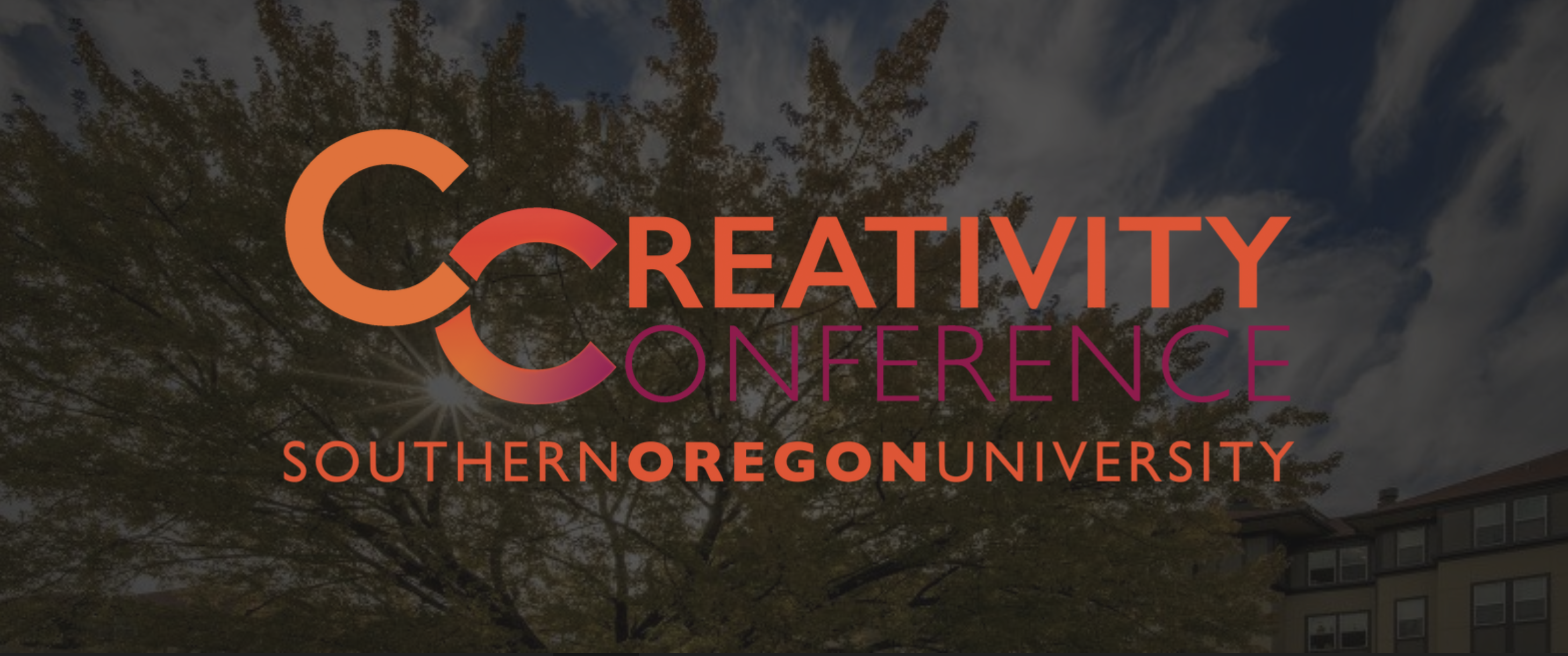Performance as Ritual - Creation as Prayer
[Symposium on Charles Tournemire][musica_sacra_tournemire] The Aesthetics and Pedagogy of Charles Tournemire: Chant and Improvisation in the Liturgy October 21-24, 2012 Duquesne University and venues around Pittsburgh
The Church Music Association of America will hold a conference exploring the legacy of Charles Tournemire as an improviser and teacher of improvisation on October 21-24, 2012 on the campus of Duquesne University in Pittsburgh and at neighboring Pittsburgh churches. The conference seeks to explore the aesthetic, liturgical, theoretical, and technical principles of Tournemire’s improvisations and teachings on improvisation, the use of Gregorian chant in organ improvisation, the role of organ improvisations in the Catholic liturgy, and pedagogical approaches to teaching organ improvisation. The conference will include liturgies, opportunities for the study of improvisation at the organ, recital programs and papers relating to the conference theme.
I will present a lecture/recital during the symposium at Calvary Episcopal Church in Pittsburgh. The topic of my presentation is “Performance as Ritual; Creation as Prayer.”
Paper Abstract
Traditionally, musical composition and performance have been understood as a realization of preconceived musical structures that through the perceptual and cognitive processes of replication or invention are presented either in real time (performance) or over an extended period of time (composition). From an interdisciplinary perspective, however, the nature of musical creativity may suggest further emotional and musical representations of specific, freely associated experiences construed by the composer or performer. When this occurs, the music’s distinct character can be appreciated as musical ritual, in terms of an induced spiritual ethos, rather than a mere execution of idiomatically constructed musical sequences.
This lecture draws on the relationships between the ritualistic attributes of musical performance – described in terms of symbolic and stylized acts or actions – and musical creation that is understood as one’s enactment of contemplation or prayer. It defines musical invention as a creative spiritual process; it draws on the relationship between the two attributes of musical creation: the cognitive and performative ones described in terms of symbolic and stylized acts or actions controlled and sustained by the cognitive nervous system, and the emotional and spiritual attributes that may be understood as the mind’s enactment of musical contemplation or prayer.
The importance and legacy of Charles Tournemire and his enduring impact on the art of organ music, along with present-day observations on the structure of music performance, psychoanalysis, and religious experience, suggest a direct link between performance and contemplation. The motives of mysticism that permeate the organ compositions of Franck, Tournemire, and Messiaen are used to develop the aesthetics of musical creativity in the performing arts using the notions of prayer and performance as mutually inclusive idiosyncrasies of the musical and spiritual experience evoked thereof. A brief discussion and performance of the author’s meditations for organ solo, Preludes for a Prayer</i, concludes the paper.</p> </div> Registration is now open! To register for the conference or to find out more information, please visit the conference [webpage][musica_sacra_tournemire]. [musica_sacra_tournemire]: http://www.musicasacra.com/tournemire




